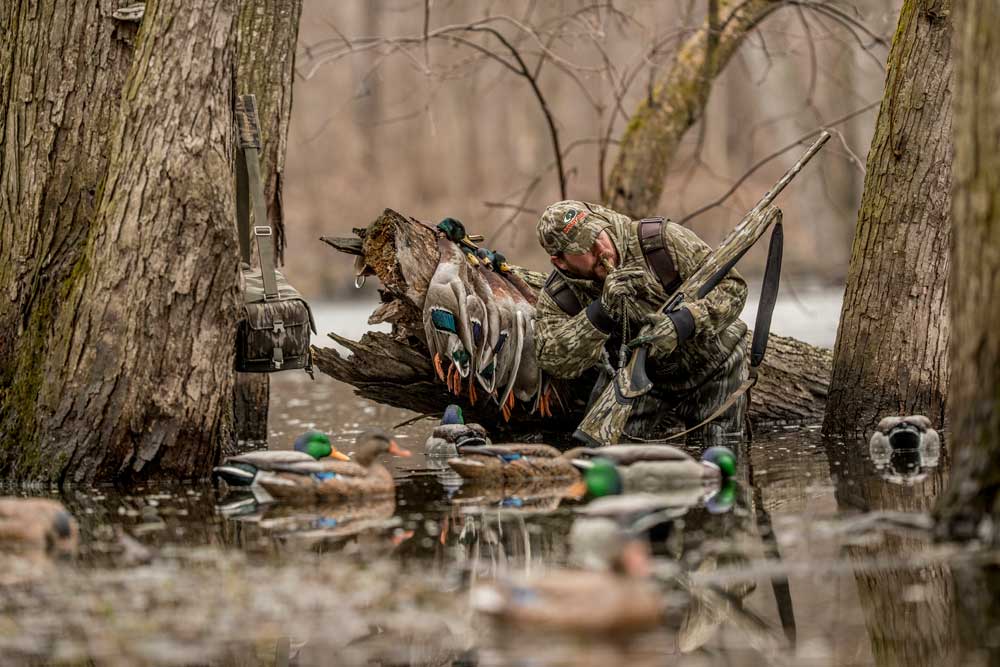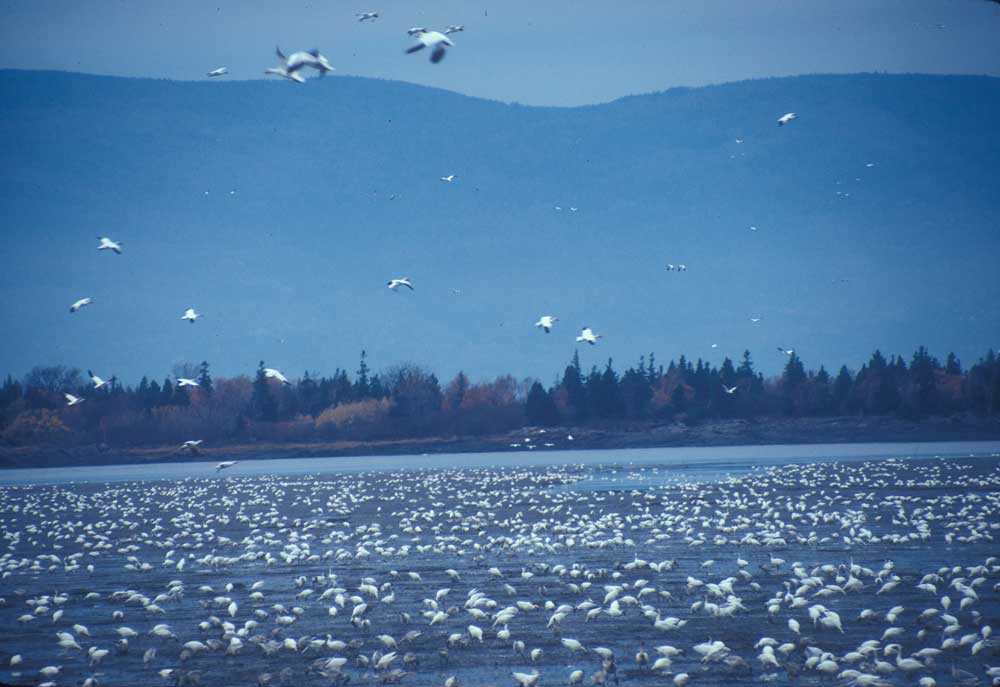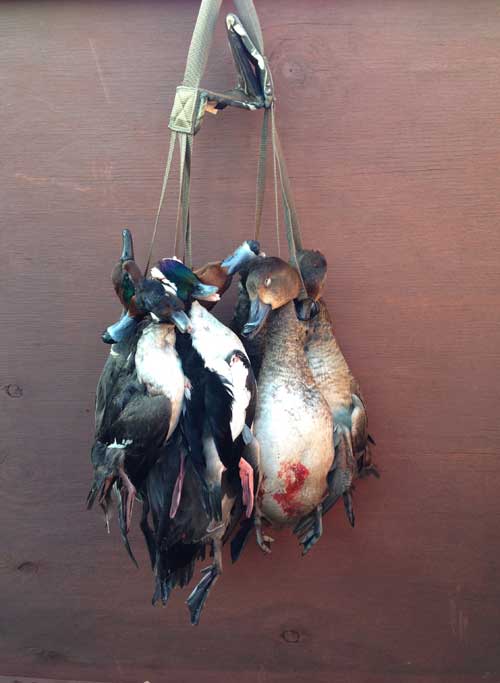Did you ever wonder how some waterfowl species got their names?
Bob Humphrey
It is fairly easy to see how the black duck, redhead, pintail and green-winged teal got their common names. For others it is not so obvious, and sometimes it is quite interesting.
The wood duck is an obvious one, so named for its fondness for flooded timber and nesting in tree cavities. Another diminutive duck that prefers beaver bogs and timber-trimmed potholes is the ring-necked duck, which is easily identified by the white ring on its bill - not its neck. Though difficult if not impossible to see in the field, in the hand you can make out a faint chestnut collar for which it was named, at a time when it was popular to label birds based on subtle rather than obvious characteristics.

The mallard is perhaps our most common duck, but how did it get that name? The mal part is derived from Latin and old French meaning male. The suffix, ard, means bold or hardy but in a pejorative sense as in drunkard or dullard. It is perhaps a reference to the mallard drake’s habit of limiting his association with females to the physical union, then leaving her behind to do all the work of raising a family. It hardly seems fair considering that is the habit of most other ducks as well.
The oldsquaw was named for its noisy nature, constantly chattering in a high-pitched, yodeling tone. That title has since been replaced with the more politically correct “long-tailed duck.” But old ways die hard and traditionalists still use the original name, as well as some other colorful terms like: quandy, calaw, calloo, scoldenor, old granny, old molly and Uncle Huldy, to name a few.
American wigeon helps us distinguish this species from its Old World counterpart, the Eurasian wigeon. And the "wigeon" part is a reference to its call being more of a whistle than the raspy clucking characteristic of most ducks. The origin of the name "gadwall" is described only as "obscure," but suggested to be connected to a point or knob on the tip of the bill - another trait common to all ducks so it is hardly a distinguishing title.

Canada and snow goose seem pretty obvious. Canada - not Canadian - refers to that species’ primary nesting ground and snow is a reference to the bird’s white plumage. But what of the brant? Its name is merely an abbreviated version of it, the Canada’s and the snow’s genus: Branta. So its name basically means: goose. Perhaps the taxonomists were not feeling too creative that day.
There is speculation about the name scoter. Some authorities claim it is a variation of the name coot, a term often ascribed to sea ducks by hunters. Others suggest it may be a variation of Scot, a term Europeans use for guillemots and razorbills, which are alcids, not ducks, but look similar and are also common in northern seas.
The experts do not all agree on how the scaup got its name either. Some claim it’s a variation of scalp, refer to either a bald head or an exposed ledge, or both. Others lean more toward the ledge theory, adding that a scaup bank is a term for a shellfish bed on which the birds allegedly feed.
It is pretty obvious where the goldeneye gets its name, but what of its close cousin, the bufflehead? Supposedly that’s a reference to the shape of its head resembling a buffalo. I remain skeptical about that.

Green-winged, blue-winged and cinnamon all refer to the wing or body color of three teal species, but what does teal mean? According the references I found, the term is of Dutch origin and means: "teal." Appropriate, I suppose, but not very creative.
Just as curious is how some species get fairly mundane first names like common, northern or American while others get more colorful ones like ruddy or red-breasted, or personalized ones like Barrow’s or Stellar’s.
I guess it all comes down to when they were named, who named them and what or who they were named after. What matters most is that you can identify them, and know what the bag limit is for each before you pull the trigger.































